di Luisa Taliento
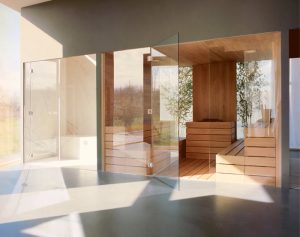
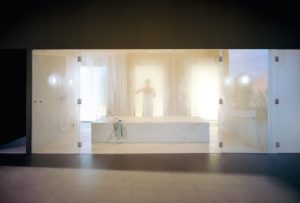
WELLNESS ARCHITECTURE
There is a deep-rooted, close connection between spaces and personal wellbeing. The first to uphold this theory were architectural psychologists, who belonged to a branch of environmental psychology that emerged in America in the Fifties and Sixties. The theory has been confirmed by many modern-day studies, like those conducted by the Academy of Neuroscience of San Diego which used brain visualisation technologies to demonstrate that space, when used for the function it was designed for, can have very specific effects on our mind and emotions..
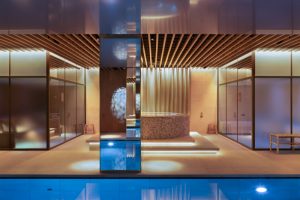
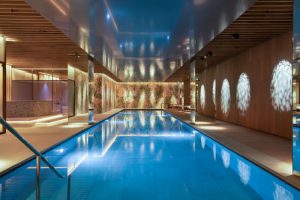
Wellness architecture tries to meet this need, rethinking spaces in line with this innovative and intelligent perspective. One of the fastest-growing areas of wellness design is spas, both public and private, where Hammams, saunas, showers and baths are designed to adapt to the new demands – lower stress levels, oxygenate the mind and regenerate the spirit – of today’s fast-moving, polluting world.
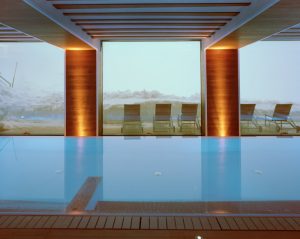

MATERIALS THAT REAWAKEN THE SENSES
Wellness design leaves no detail to chance because all the materials, reflected light, temperatures, fragrances and sounds in the space must convey positive feelings and emotions. Wood, for example, is one of the few natural materials that lends a feeling of warmth. That is why it feels so good to run our fingers over walls that are made of wood, we lean against them and walk barefoot on wooden floors to feel their integrity and sturdiness. The most textural woods are Swedish pine and Canadian hemlock and, when used in a sauna, they warm up and release that unmistakable fragrance which stimulates our senses and makes an immediate connection with nature.
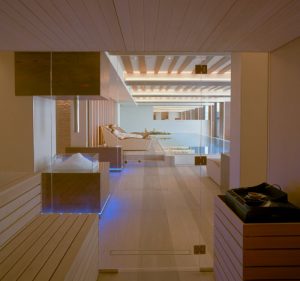
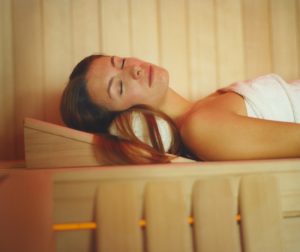
Light also plays an important role and wellness architects have turned to great artists like Leonardo da Vinci and Caravaggio for their inspiration, identifying three light sources: key light, fill light and backlight. Clever use of light can create a sense of cocooning, protection, comfort and pleasure, effects found, for instance, in a Turkish bath. Extensive use is made of glass in wellness spa design and while these glazed spaces may appear somewhat “artificial”, they actually bring the outside in, freeing horizons.
https://static.effe.it/website/2020/11/Punta-Ala-IMG_9975_blog9-700x498-1.jpeg" alt="Punta-Ala-IMG_9975_blog9" width="700" height="498" /> 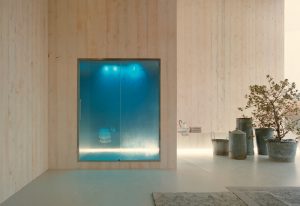
THE POWER OF MUSIC AND COLOURS
Un’altra protagonista della wellness architecture è la musica diffusa che deve essere in sintonia con l’ambiente, la situazione, l’orario. I suoni della natura, come quelli del vento, delle onde del mare o di cascate, sono l’ideale per rilassarsi alla fine delle terapie, magari sorseggiando una tisana, mentre le note di etnica, ambient, smooth jazz o anche classica sono adatte nella prima fase del benessere, quella in cui è ancora necessario liberare la mente, ridurre la stanchezza, predisporre lo spirito e il corpo alla leggerezza.
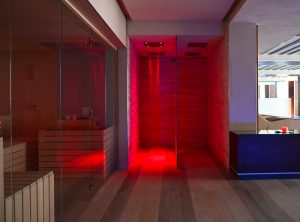
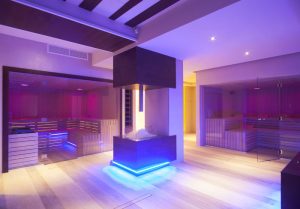
The same principle applies to colours: warm colours like red, orange and yellow energise, while cooler shades such as blue, indigo and purple have a more calming effect, lowering our blood pressure and slowing down our heart beat and breathing. When we achieve the right balance between materials and sounds, colours and spaces, time is magically suspended and becomes something very personal, part of our wellbeing.